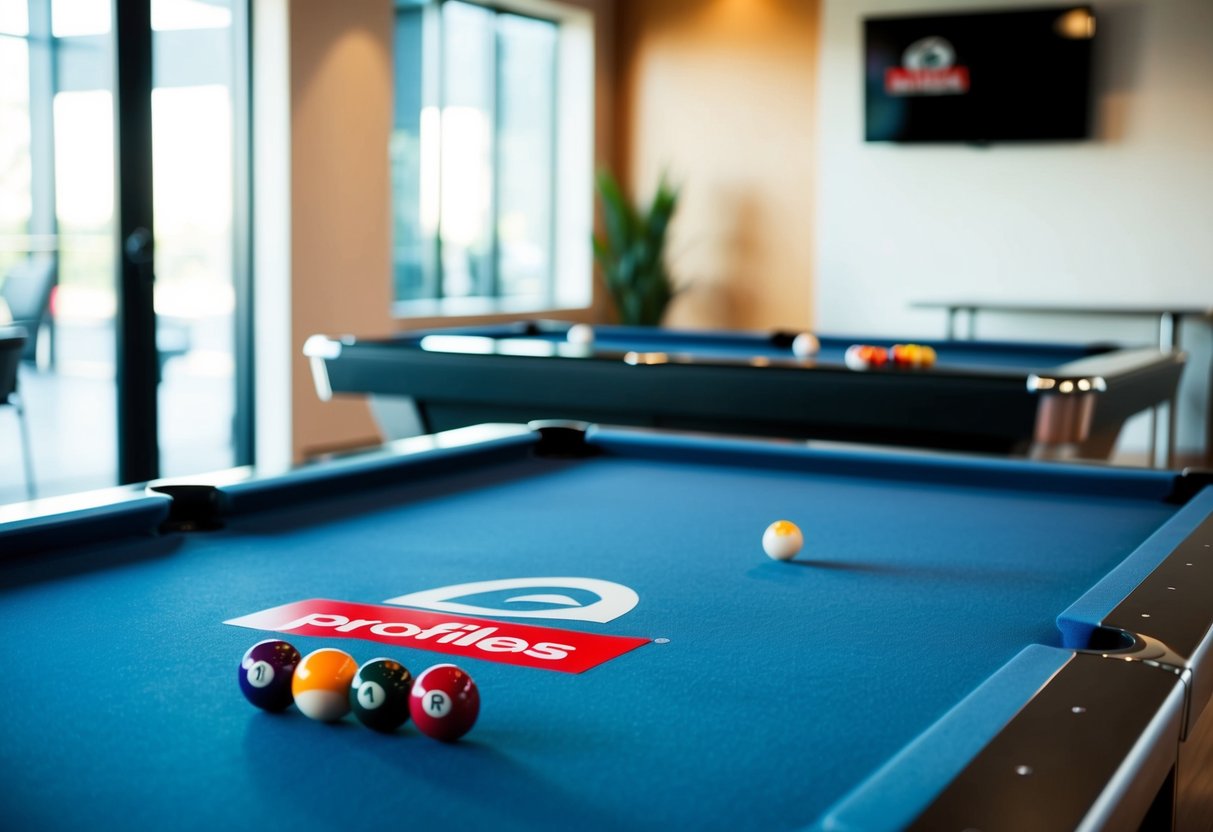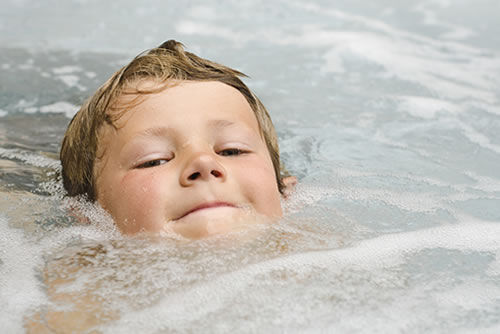If you’ve played pool on a warped table where balls roll in whatever direction they want, you get it. The reason you’ve never played on a warped slate table is because there is no such thing. There’s simply nothing quite like the click of balls on a flat surface—and that’s what you’ll get from a slate top pool table.
Not a basement buy-off table. The real deal. An actual slate surface to ensure precision and consistency. And honestly, once you do experience slate, everything else feels like shooting pool on the dining room table (which some of us, let’s be honest—have done).
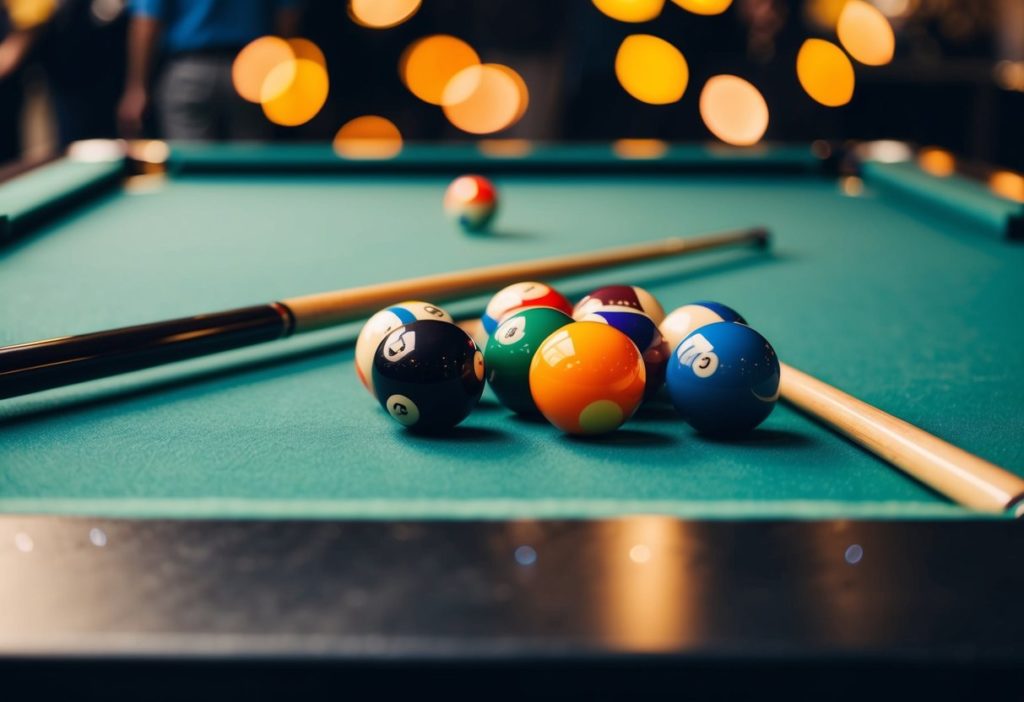
The evenness alone makes slate tops worth it. Other types of material shrink, sag, and form those havoc dead spots, while slate stays intact for years. The lifespan of slate turns an overall significant investment into valuable dollars spent—especially in this day and age where tables can easily last within your lifetime.
But the number one reason we’re crazy about slate top pool tables is the elegance factor transcends just playing. The natural stone aesthetic fits like a glove into practically every decor scheme possible, whether you want classic wood paneling or modern minimalistic. Keep it clean, and these tables become heirlooms that establish your game room for years passed on.
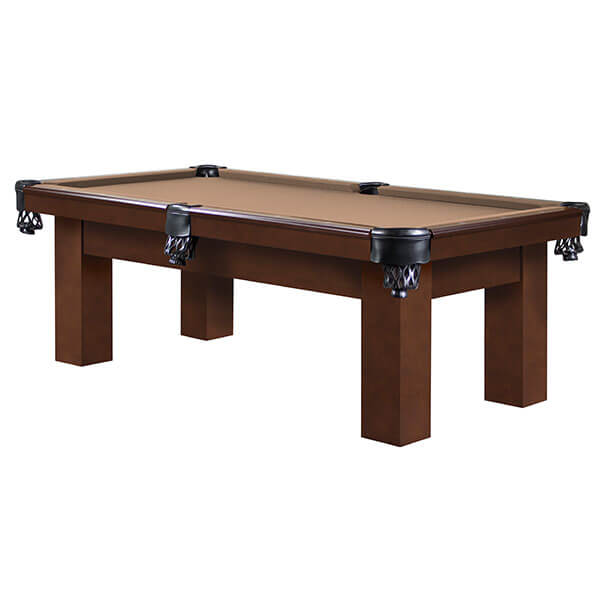
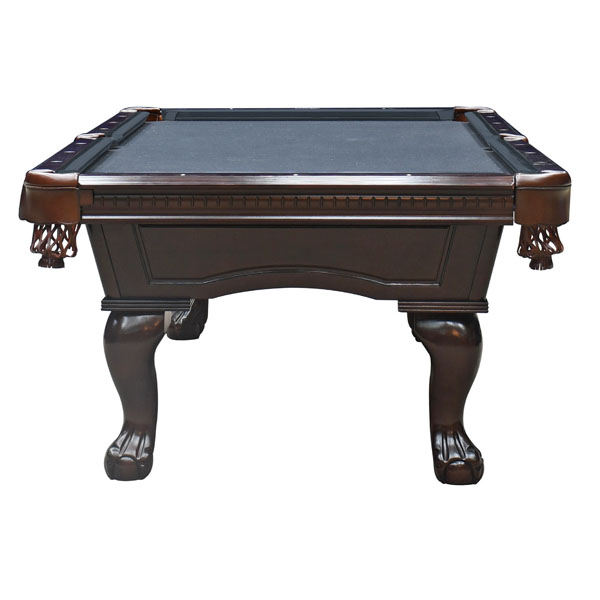
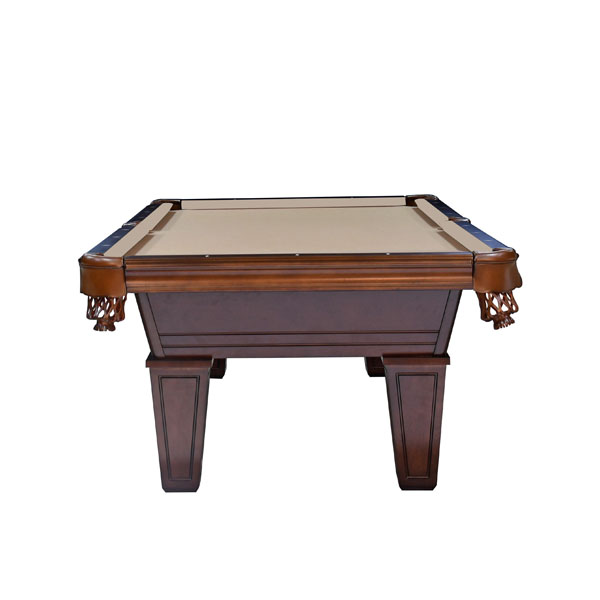
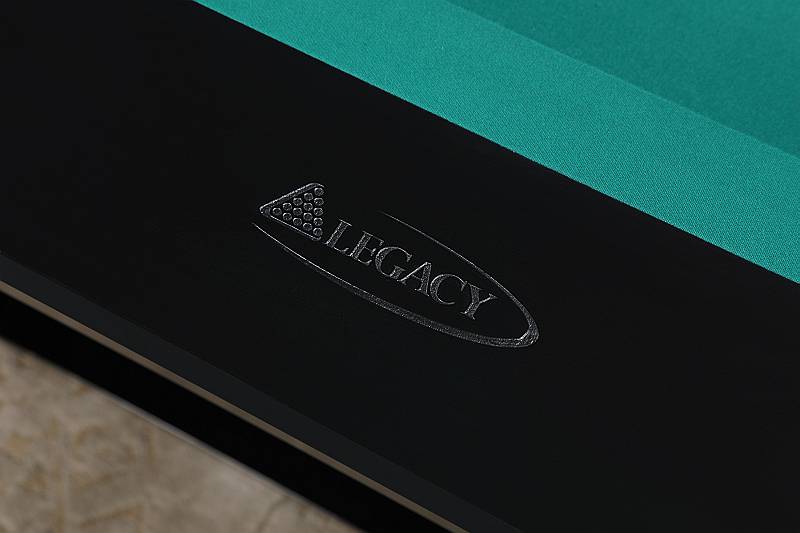
Benefits That Actually Matter
You know what sucks? Spending money on something advertised as high-quality but delivers nothing short of frustration. Slate-top pool tables are the extreme opposite—over-delivering beyond what any pool player would take seriously (or “kinda sorta” seriously).
Unbreakable Precision
Here is the bottom line about slate: it is super-dense and super-fine-grained, which offers the most flat surface that is almost mathematical. Period. When you strike a ball across a correctly-cut and installed slate pool table, it hits the rail, it does what physics says it is supposed to do. There are no strange bounces, no odd paths, and no “uh, get-out-of-my-way” moments of confusion.
This consistency is the reason professional tournaments only utilize slate tables. The path that you send the ball is consistent and allows players to strategize and build on the player’s skill level, instead of risk-genius moments, depending on the real estate of the table. And believe me, once you get accustomed to that type of precision, anything less is like using a deformed pencil to write.
Natural properties of slate are oblivious to warping over time. Personally, I have experience with slate tables from the 1970’s that play like brand new—which is if they had some basic maintenance, but we’ll touch on that later.
Built to Surpass Your Mortgage
Okay, let’s move to durability, because slate takes the cake. Let’s face it—slate is tough as—slate. A swarm of very-aggressive breaks, a stream of games, and perhaps a very haughty lean on a table rail by a furious player.
Our industry mean is when slate pool tables are properly maintained; they stay eternally playable for 30 spectrum years. In great contrast, compacted wood or synthetic surfaces can demand a replacement every five to 10 years. So simple the math starts to add up.
And here’s what’s impressive: slate will not suck moisture or expand with temperature like wood-based materials. Resistance to environmental effects keeps the playing surface true—especially important in basements or rooms that cannot control the climate perfectly.
And we have customers who report slate tables in their family that have been enjoyed across 3 generations—still fully functional. I would love to see that with a particle board surface.
Rock-Solid Stability
Have you ever played on a table that leans when you may put your elbow on the table? Or one that seems to shake every time you make a shot? Of course, slate solves all of these problems due to weight and physics of engineering to create the slate-supported snooker table.
A huge mass of heavy slate (600-800 lbs just for the playing surface) plus a solid wood frame create a base that is not going to move. This stability maintains unwanted movements during play and dissipates any vibration that would disrupt ball movement.
The large weight does help with sound dampening as well. Rather than that explosive clack sound you hear when balls crash, you experience that nice dampened sound that serious players expect on quality tables.
Different Flavors of Slate
No two slate tables are alike, and learning about the distinctions will prepare you to pick what is best for your situation.
What Type of Slate Matters
Here is a detail most people do not know: when we say slate pool table, we may not be talking about the same slate at all. There are 3 primary types and the differences matter significantly when playing. Slates are dramatized as a true solid piece of rock quarried and ground to precision to create pool tables. This is what pro events use because it’s predictable—if we know what physics says it will do, we don’t have to worry about any anomalies or funky bounces, the actual performance of the playing surface lets the player utilize their skill instead of compensating for the idiosyncratic table.
Slate core is attempting to strike a balance between cost and performance; it, too, has real wood backing with a slate layer material surface. Conceptually that does seem okay, right? Well, wait until time goes on and you discover that the slate core is sagging near the ends of the rail because of the weight and pressure used by the player draping their torso on the rails and compressing the wood backing. The balls closest to the pockets are where the rolling balls would be truly precision-adjusted to perform a pocket-leaving shot.
Slate wood (sometimes called composite slate) is primarily plywood or particleboard with a reflective slate-like material surface. This creates an entirely different ball performance of “sinking” when it rolls. This “grain” will slightly resist the actual motion of that same falling rolling ball! The experienced player will know and feel the difference right away—it’s frustrating!
Every type of slate should be minimally 1 inch thick. Pure slate is often manufactured in three pieces for installation ease and higher quality installation, and can be more difficult in leveling initially. Once properly professionally installed, you would never detect the difference between a one-piece or three-piece slate.
Frame: The Structure That Matters
While the slate will get the most attention, the structure of the frame beneath, the combination of perfect angles and tolerances proposed for the piece of wood are what will ultimately navigate the pool table toward predictive precision for a long time. Premium-grade tables are solid hardwood construction—no cut centers and no other materials. The tables made for consumer grade often include softwoods like plywood and particleboard to reduce costs.
This is not just about durability (albeit hardwood will last longer). This is about the stability of the slate being able to hold the massive weight. The thick, 1-inch-thick slates we use give you the best playing experience for weight, not being too heavy. We always recommend a solid hardwood frame for optimal performance under a heavy slate while being durable. Adjustable frames can create launch points where the table will not be level. Once a table or frame is not level, your game will experience poor performance.
Indoor vs. Outdoor:
Standard slate tables are made to reside indoors with wooden frames and a cloth-covered playing surface. The slate thickness is normally 1 inch thick. It’s easily the best practicing playing experience for weight that is not too heavy.
Outdoor tables are a completely different animal. They have weather-resistant materials and use aluminum frames and waterproof surfaces. Some manufacturers provide some sort of synthetic slate alternatives called (Slatron) for outdoor applications but do not represent the same feel as slate.
Black pool tables recently have become very trendy and certainly a modern aesthetic, some are aloof and awe-inspiring, but other players have noted during play that they may create an initial depth perception blip. (Then you know it initially be an adjustment). We typically recommend solid hardwood tables for performance and durability to support heavy slate.
When Space Is Limited (Portable and Conversion)
Portable slate tables do sound counterintuitive in regards to weight but they exist. Portable tables typically cut slate sections thinner or a lighter material that delivers some almost playability. Conversion tables are both awesome and convenient.
In addition to providing a dining experience for the entire family during the day, in the evening, you can remove the dining top and prepare for some serious billiards. The trick to finding the right model is finding one that does not take away from the quality of either.
We have seen a conversion table where the dining surface was very unlevel, or the billiard table was subpar. Quality is critical here, arguably more than anywhere else.
Size Matters (but not exactly in the way you expect)
The age-old debate: 7’ vs 8’ tables. Here’s what we’ve learned in the years we’ve been helping folks decide on tables:
A 7’ table is better for:
- A smaller room (but ideally noted for six 6’ of clearance)
- Predominantly casual or beginner players
- Games that are fast-paced
- Budget is an issue
An 8’ table is great for:
- A larger room with proper clearance
- Players that aspire to have serious skills
- For those that would like the home table to be a standard size
- When the table takes center stage in the room
Playing characteristics are significantly different. 8’ tables require more accuracy for longer shots and can make shots on a 7’ table feel cramped for experienced players. Think through who will use the table most.
Features That Add Value
Modern slate tables also have features that past generations could not dream of. Auto ball return systems direct pocketed balls to a collection spot, so no need to do an after-game walk-about picking up the balls. This is a nice feature that can be a game changer during an extended session of play.
Custom cloth colors let you match the table with your decor. Although green is the typical color, we have seen incredible tables with burgundy, navy, and even gray felt to pair with a modern theme.
Built-in storage keeps cues, balls, and accessories organized and at the ready. Some tables feature lighted pockets or LED rail systems—nice features but not really functional for playing.
Making the Right Pick
Choosing a slate pool table isn’t as simple as pointing at the prettiest one in the showroom; there are several practical considerations that will determine your long-term contentment.
Reality Check Room Size
This is where many people make costly mistakes. Just measuring your room isn’t going to cut it—you have to factor in the length of cues and movement around the table. The generally accepted rule of thumb is to add five feet around the length of the cue to accommodate for cues and movement, but that is based off of using standard 57-inch-length cues.
In a tighter space, you may be able to use shorter cues (48 or 52-inch) but they do limit shot-making options. We have had customers come in insisting they had enough room, but then realized bank shots off of one wall were nearly impossible.
Before you decide on the size table you can get, move around the table in your own space. You would need to act like you were shooting from various spots around the table in your head. Sure, it feels silly, but far better than buyer’s remorse.
Materials and Design: Outside of the Slate
The slate portion of the table is very important, but don’t ignore the frame construction. Solid hardwood frames will be more robust and durable than utilizing either particleboard or plywood components. In reality, while a cheaper frame may look appealing initially, the longevity of lesser frames will sag over time or have sloppy joints; the difference is evident after a few years.
Legs matter too. Turned legs conform to the classic look, but they can be less sturdy than straight or more solid leg designs. If you plan on relocating the table at some point, look for designs that come apart easily.
The felt selection goes well beyond the color of the felt. The fast-playing tournament-grade felt is worse of wick than woolen felt but it’s more expensive and wears differently. For casual play, wool felt works just as good.
The Smart Money Move: Dining Pool Tables
When space is at a premium, the best solution for the pool table dilemma is a beautiful pool dining table. These are convertible units that function as dining tables with a removable top to be pool tables underneath.
The challenge with conversion tables is that both functions need to perform well. The dining table surface needs to be level to eat; the pool underneath needs to keep proper proportions and playing characteristics.
The quality conversion tables use the same slate build as an actual pool table. The cheaper versions may use other materials that could affect play value.
We have learned that families who have converging followed through on both functions more than traditional isolated units—there’s something about usability.
The Installation & Care Of Getting It Right
A slate table is only as good as the installation and care. This is not a DIY project—despite what you may have seen on YouTube.
Why Professional Installation Is Important
Slate tables require specific tools, techniques, and the experience that most homeowners simply do not have (nor should they). The surface must be leveled perfectly (this means fractions of an inch). The slate sections on larger tables (typically, three) must be level across each slate section to be an acceptable standard of play. Professional installers use precision, leveling devices to see what the slate surface setting needs to be. They will shim the table frame as needed, fasten the slate properly, and have the felt stretched correctly—without bubbles or wrinkles. Most setups typically take several hours and two or more experienced installers.
We have observed too many DIY installations that have resulted in playing surfaces whose level was inconsistent, pieces of slate were damaged, or felt was improperly stretched. The cost of professional installation is inexpensive compared to the costs of repairing later.
Preserving Your Investment By Understanding Your Maintenance
It’s not complicated to maintain a slate table, but it does require regular attention. Each week, use an appropriate table brush to brush chalk dust and debris to prevent unwanted effects on ball roll distance. The direction of the brush is important and should follow the nap of the felt, that is, from the head of the table and moving toward the foot of the table.
Once per month, vacuum with a low suction vacuum to remove deeper debris, being aware that a high suction vacuum will damage the felt. Also, use a slightly damp cloth to wipe the table rails and frame. Protect the rails and frame with proper/table care cleaner and spray.
A high-quality cover is recommended to protect the table from UV sunlight and dust debris when not in use. In addition to keeping dust out, covers will help prevent the chance of accidental spills, and protect against UV damage if your table is near a window. You’ll want to take the covers off every once in a while to allow the felt to breathe, so moisture trapped can create a mildew situation.
The biggest maintenance mistake we see? Using the table for something other than pool. We know it’s hard not to use that big, flat surface for everything from holiday gift wrapping to homework. Don’t do it. The felt is made for pool balls, not all-purpose wear and tear.
Understanding Warranty Coverage
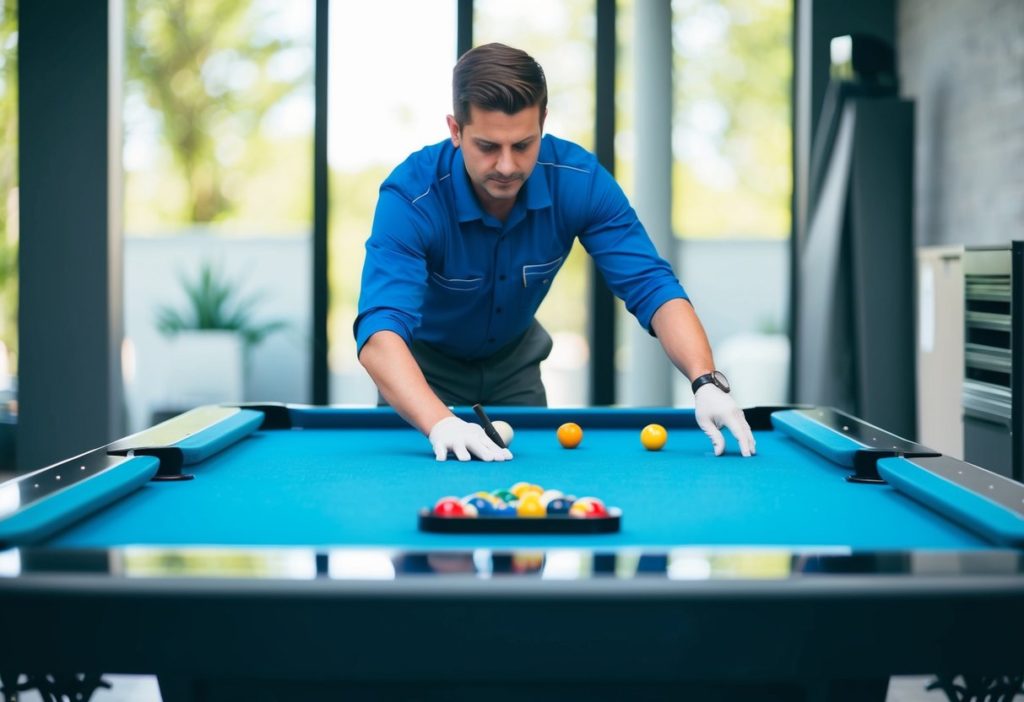
Most slate tables will come with warranties ranging from 1-5 years, although the actual coverage can have a lot of variation by manufacturer. Reputable manufacturers will usually have longer warranties and better support.
Warranties should have you covered for both materials and workmanship. This should include the materials slate, frame construction, and original felt attachment. Some manufacturers provide transferable warranties—in case you need to, move or sell your table.
After-sale customer support has a variance across manufacturers. The best manufacturers look to provide customers with: ASSEMBLY INSTRUCTIONS, PROBLEM SOLVING HELP, REPLACEMENT PARTS, and REPAIR SERVICES. Make sure to check reviews for customer service experiences—the product could be great, but the service could be terrible.
Make sure to provide proper care of your table to prevent many problems and keep any paperwork and proof of all your purchases stored safely in your filing cabinet—even if you have owned it for years. The process will be much quicker with this information in front of you if you need to warranty something.
The Case for Slate
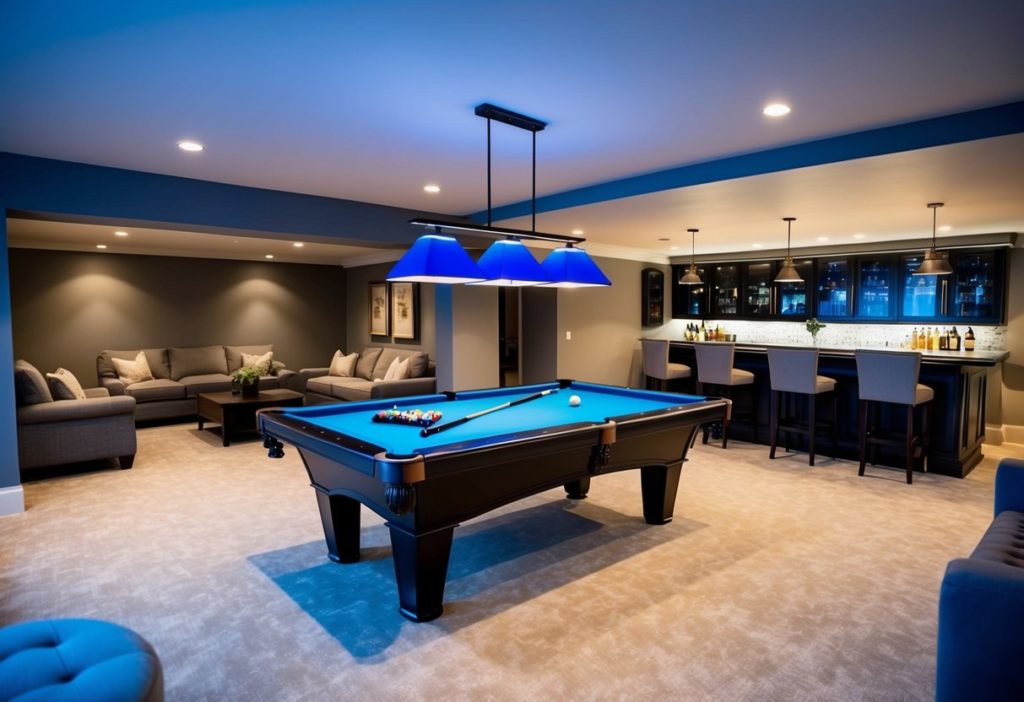
Once you’ve stacked a slate table side by side with any of the alternative products, it doesn’t take long to notice the differences between each product. The density, stability, and lifespan of slate are unmatched by products before and during serious play.
The Competition is Not Even Competitive
While compressed wood surfaces are initially less expensive, they eventually sag and warp, resulting in uneven playing surfaces, which gets worse with age. Players are always left to readjust and adapt their expectations based on the inconsistencies of the table.
Even MDF and particle board surfaces are worse, as they often have permanent divots where the balls continually strike the surface. They also suck up moisture, causing them to swell and warp.
Synthetic slate materials (AccuSlate) attempt to replicate the qualities of slate, but they fail to resemble slate in several ways. They may be lighter and cheaper, but their ball response is very different and they tend to settle down over time.
The synthetic materials also have unique acoustic qualities where the balls actually sound different upon striking the surface and other balls. Players with experience recognize this right away.
The Math on Quality Value
Sure, slate tables are more expensive. A good slate table will range between $3,000-8,000 compared to the synthetic around $1,500. But let’s review the difference of lifespan of each: with a good slate table, if properly maintained, there is a probability of greater than 30 years; with synthetic surfaces, they may need to be replaced between 7-10 years.
Then you’ll be able to ask the question, “How Many of These Surfaces Do You Need to Replace Before They Become Cheaper?”
Not to mention the service and cost.
Slate tables tend to hold their adjustment longer, they need less repairs, and they play more consistently… and that comes with a lower frequency of felt replacement and re-leveling adjusted as the degree of unevenness changes over time. Synthetic surfaces require less frequent re-leveling, and usually, sooner or later in this process, you will want to replace the felt assuming that the table surface remained level.
Speaking of resale value, slate tables hold up significantly better than synthetic alternatives. Perhaps you could sell a ten-year-old slate table, in good condition for 60-70% of its original cost, depending on the buyer; where synthetic tables tend to lose their value as time passes. For commercial options (e.g., pool halls, bars, recreation centers)—slate is pretty much your only option. The heavy use of commercial tables requires durability that only slate can provide.
Brand Spotlight: Which are the Best Tables?
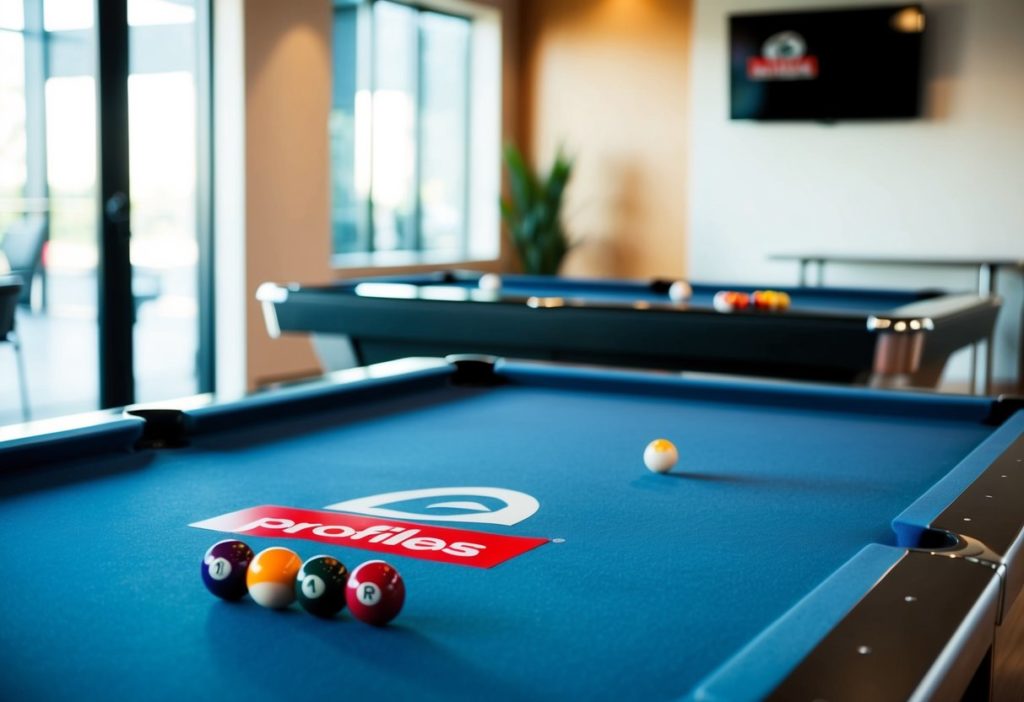
Not all slate tables are equivalent, and the manufacturer would influence your satisfaction long after the sale.
Legacy Billiards: Precision Construction
Legacy Billiards is known for tables designed with a combination of antique craftsmanship and state-of-the-art precision. They use high-grade slate sourced to maximize both density and flatness.
Unlike other manufacturers, however, with Legacy, you can count on basically all-solid hardwood construction, and no particleboard construction to save costs. What this means is tables that are structurally solid for years and years.
Legacy has significant options for wood finish and felt colors. Their assembly history is well documented. Approved Legacy dealers and customers also speak highly of their customer service.
The company primarily focuses on the mid-to-high-end market. Prices for most tables can be between $3,500-$7,000. Although this price is not the lowest table in the industry, the quality of the tables validates the price for the serious player.
Regal Billiards: Style & Playability
Regal Billiards has taken a different design philosophy by emphasizing the aesthetics of the design alongside acting performance. Regal tables sometimes have more contemporary designs while still using traditional slate.
Regal tables include a three-piece slate construction on most models, which benefits with ease of installation and leveling. Their pocket cuts are very precisely built to create consistent drop characteristics of the ball.
Regal has a unique combination of traditional and contemporary design elements, so their tables can fit in virtually any décor. Commercial-grade rail rubber meets tournament specifications, providing a consistent rebound characteristic that serious players desire.
Royal tables often come with more accessories at the stated price – cue sets, ball sets, table brushes tend to be included in the price rather than a la carte.
Frequently Asked Questions
Years of helping customers purchase slate tables have led to some common questions; here are the true answers:
“How much should I expect to pay in Ontario?”
Realistic pricing for quality slate tables is typically in the range of $2,500-$10,000, with many solid options in the $3,500-$6,500 range. Anything below this range usually requires an agreement on slate material, frame construction, and accessory inclusion.
You’ll need to budget for delivery and installation – usually $200-$500 depending on distance and install complexity. Some dealers include it in their pricing while others charge separately.
“What should I be looking for when purchasing?”
Slate thickness is super important – 1-inch is standard for at-home tables, although sometimes manufacturers have an option for ¾ inch in order to save weight and cost. Frame construction is solid hardwood throughout, not just a hardwood veneer over particleboard.
Check the rail system. A good table will have K66 profile rubber that meets tournament specifications, while cheaper tables will have lower-grade rubber which hurts ball rebound.
Ask about felt quality – most tables come with a standard woolen felt, but a tournament worsted wool has superior play characteristics, but can be significantly more expensive. Standard wool felt is just fine for casual play and more forgiving to lack of maintenance.
“Do I need to have it professionally installed?”
Unless you are very familiar with requiring precise leveling and have the right tools, yes. Slate installation involves a specific shim, leveling device, and installation process that is not intuitive for the average (weekend) DIY project.
Installation done poorly voids almost all warranties and leads to playing surface issues that are costly to remediate. The installation costs are negligible in comparison to any problems that arise from improper installation.
“What is the proper maintenance of a slate table?”
Proper brushing (weekly), vacuuming with low suction (monthly), & covering of the table when not in use will cover about 90% of general maintenance. Avoid using the table for anything other than pool, clean any spills right away, and don’t allow any drinks or food onto the table.
You will typically want to have your table recovered (new felt) every 5-10 years, based upon the frequency of use and the condition of care. This will cost around $300-$600, but gets you back to square one for visual appeal and overall playability.
“Can standing on the table cause slate damage?”
For sure. Under point loads, slate can crack. The frame can also be damaged under excessive load. Always lean over the table with the appropriate technique. No one should be allowed to sit or stand on the playing surface.
“How about weight and floor support?”
A full slate table weighs between approximately 700-1000 pounds. Most residential floors can assume this weight load when it is distributed over the leg base. Floors over lower floors, or older construction should be reviewed by a professional.
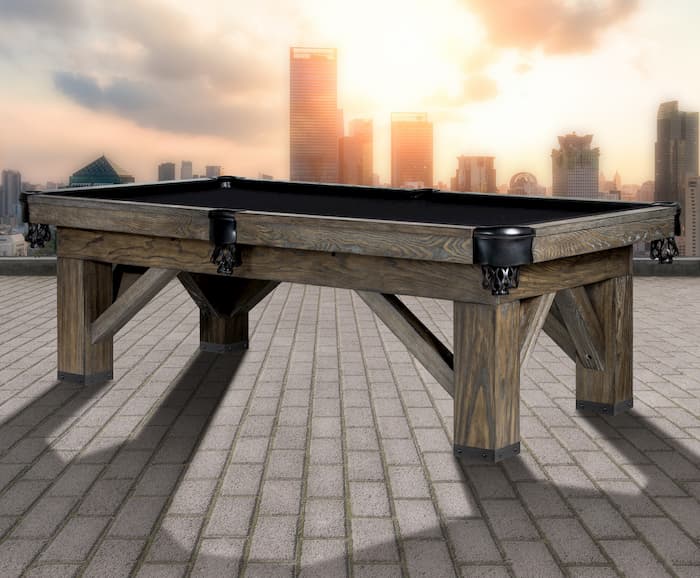
Ground floor or basement is preferred. Installation on 2nd-floor constructs sometimes requires added floor support. Older homes typically require it.

